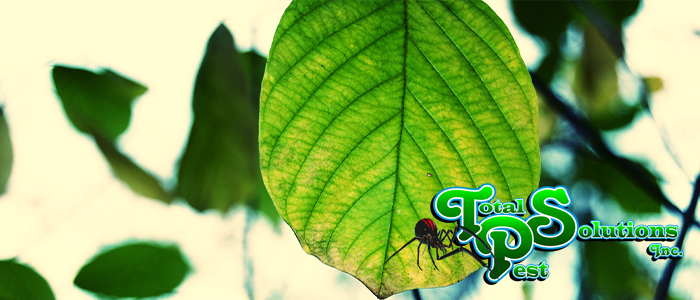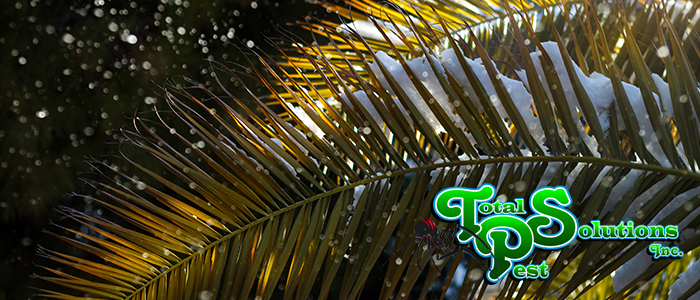
Why Are My Plants Turning Yellow?
We love our houseplants. They add color to any room, help keep the air clean, and generally beautify your life. But, even if you’ve got the greenest thumb on earth, you might notice plant leaves going yellow and unhealthy. Yellowing has a fancy name – Chlorosis – And it happens when the plant can’t make chlorophyll. Yellow leaves are the plant’s way of asking you for help. There are various signs to look for and things you can do to help your plant.
In general, there are four causes of yellowing leaves:
- Poor drainage or bad watering
- Damaged or impacted roots
- Unbalanced soil pH
- Malnourished soil
Luckily, each of these can be fixed.
Poor Drainage or Bad Watering
Problems with watering can come in multiple forms. Plants don’t like being watered too much, and they, of course, can’t survive too little water. Soil that stays wet prevents plant roots from breathing. They begin to rot. Before that, they shut down and stop delivering vital nutrition to the rest of the plant. As a result, plants turning yellow becomes common.
Start with prevention. Choose porous soil that drains well. If you grow in pots, choose pots with good drainage holes. Avoid planting gardens in low-lying regions where rainwater pools. Always wait a few days between watering. Daily watering isn’t necessary in most cases.
Damaged or Impacted Roots
As mentioned before, damaged roots impair your plant’s ability to get nutrition. Root damage can be caused by digging too close to your plant or pests like moles. Unfortunately, there isn’t much you can do about damaged roots. Indoor plants can suffer from root impaction when they get too big for their container. You should gently trim back damaged roots and replant the plant in a bigger pot. Outside, soil compaction (hard soil) can choke out roots much the same way. Aerate your lawn and add mulch to the soil. Add compost to help give your soil structure.
Bad Soil pH
If you use good fertilizer, pH probably isn’t the problem, but it can be a real issue outdoors. The pH of your soil determines whether or not your plant can get the nutrients they need. Every plant has different pH requirements. Luckily, there are simple soil tests and additives you can add to the soil to change the pH.
Plants Turning Yellow Due to Lack of Nutrients
If the pH isn’t the problem, your soil may lack nutrients. Luckily, the nutrient your plant is lacking will show in different ways. An all-over yellowing usually indicates a nitrogen deficiency. Older leaves go first but eventually move to young leaves. Potassium deficiency causes the edges of leaves to go bright yellow. The edges turn brown soon after.
Magnesium deficiency will show yellowing at the middle, between leave veins. It moves out soon after this. Iron deficiency behaves similarly, but hits young leaves first. Meanwhile, a sulfur deficiency turns the entire leaf yellow at once, starting at new leaves.
If you’ve ruled out all of the above, do you know what it might be? Pests. Yellow speckles are almost always caused by pests, especially if the leaves are wrinkling up. So if you suspect pests, give us a call today.
continue reading
Related Posts
Winter Palm Care in Lakeland: Cold Snap Protection Strategies Lakeland,
Holiday Pest-Free Homes in Winter Haven: Avoiding Cargo Pests As
Auburndale’s Mole Cricket Damage: Repairing Turf Before Frost As the






